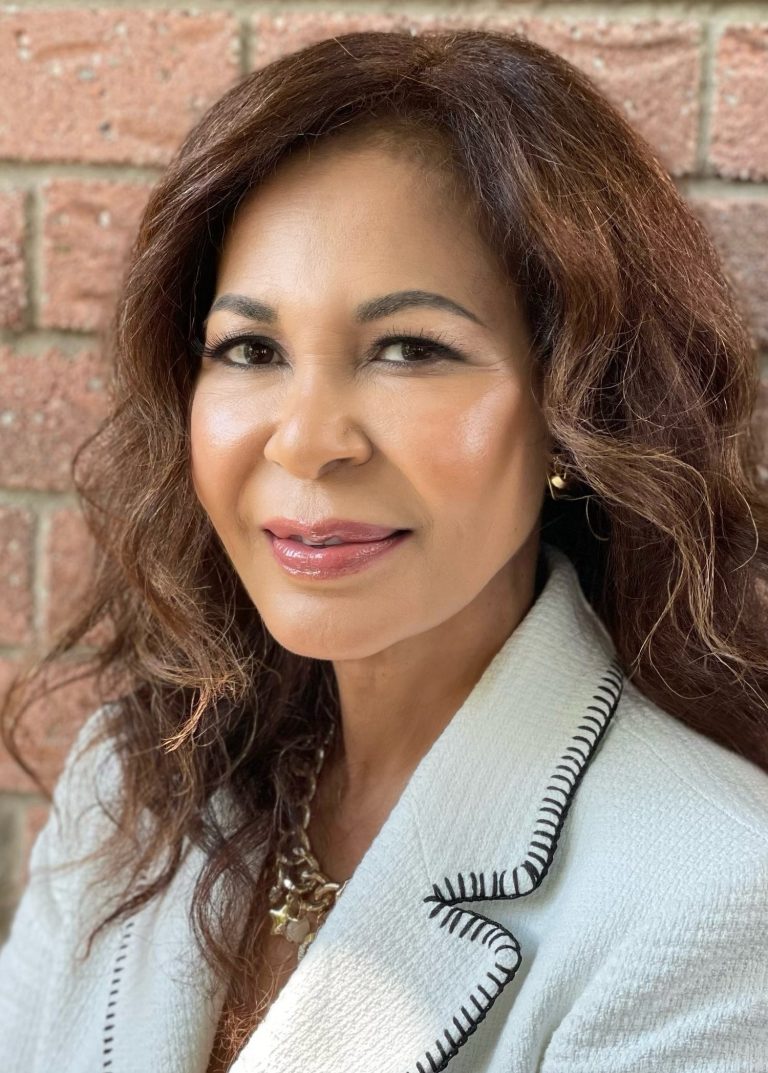July 6, 2022
Charmaine Gooden in March 2020 while doing a photo shoot that is part of the Black Artist Network Dialogue (BAND) leadership photo series that will be on display at the launch of the Toronto Archives later this year. , began talking about establishing a Canadian black fashion database. .
Donna Holgate, who was the fashion and beauty editor of the now-defunct Excellence magazine, published by Shea Newspapers in the late 1980s, said, “When it comes to black fashion in Canada, it’s important to remember who really came before us.” “We were talking about the fact that not many people know about it.” The first black woman to host a daily national television show on style, fashion and beauty in Canada.
“Charmaine said it would be great to have a historical database so people could understand that there were Black people who broke down doors in the fashion world and paved the way for this generation.”
Gooden’s vision became a reality last month with the virtual launch of blackfashioncanada.ca, which preserves, documents and celebrates the contributions of fashion pioneers.
She has been a lecturer in journalism and fashion at Toronto Metropolitan University (TMU) for the past 20 years.
“My students, who are black and multicultural, often told me that in some way they inspired me to pursue a career in either fashion journalism or fashion business,” she said. “They seemed to appreciate seeing expressions that I knew were important. I wanted to document and show their expressions, but after the George Floyd incident, It’s become really impossible to talk about the fashion industry without talking about race.”
The database includes short profiles, photos, videos and archival materials.
“What I want to do is document the great achievements of individuals across Canada who have made a difference,” Gooden said. “They contributed to the history of fashion in this country. Some of them left Canada, came back and established careers. They also helped overcome some of the institutional barriers that have been in place since the 1960s. I also wanted to highlight the ways in which black models were not considered for roles because of their color, accent, or hair, and how they overcame these hurdles through dogged determination and talent. In the future, we would like to include seamstresses, dressmakers, and hairstylists.”
What is the selection process for inclusion in the database?
“There’s so much great research being done on the current generation, including George Salley’s database of black Canadian designers,” Gooden said. “There are pioneers who have passed away, and there are a lot of people who are still with us, so I thought there was a niche for me. I would start with what I know and work with people from the 1960s to the 1990s. I started with people I knew and had access to, and used some of my contacts to reach out to people in Montreal.
“Most of the people featured here are experts who pioneered the digital age and actually paved the way for the digital age. In a world where Internet searches have become the primary means of searching for the past, their work Their contributions deserve to be recognized as a digital record.”
Gooden said the focus is on past and present fashion industry professionals in Toronto and Montreal, but the goal is to expand across the country.
This database features fashion designers, models, muses, influencers, and leaders.
They include model, actress and fashion consultant Lynda Carter, the late David Cardoza and Paula Holgate, whose profiles have received the most views to date.


